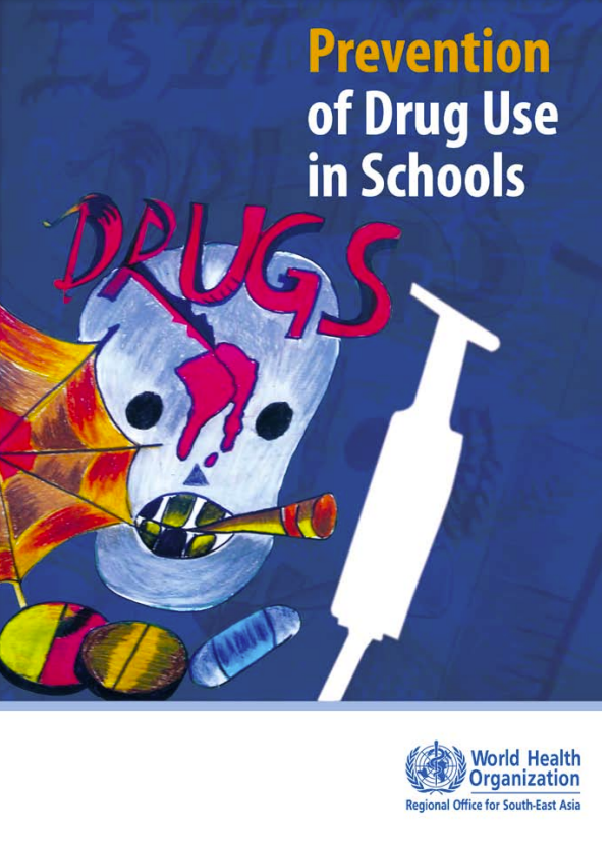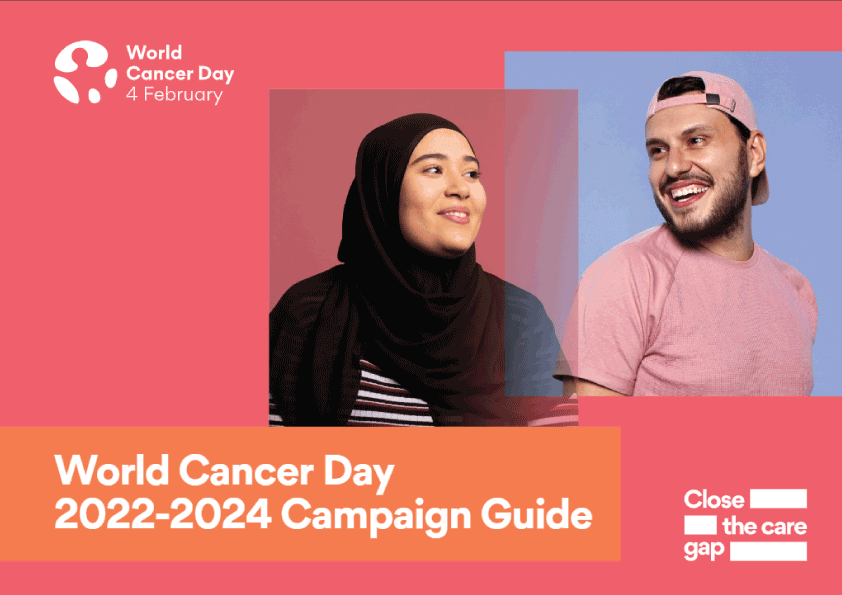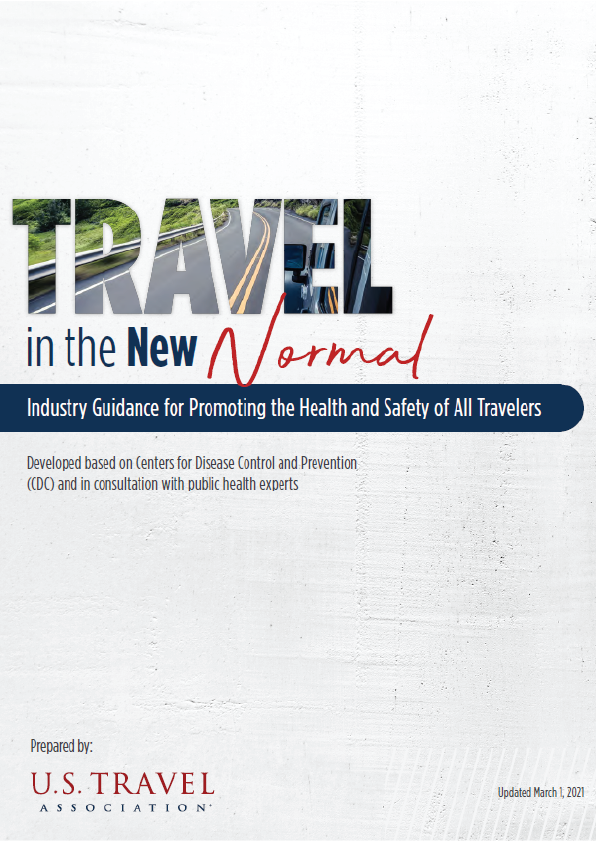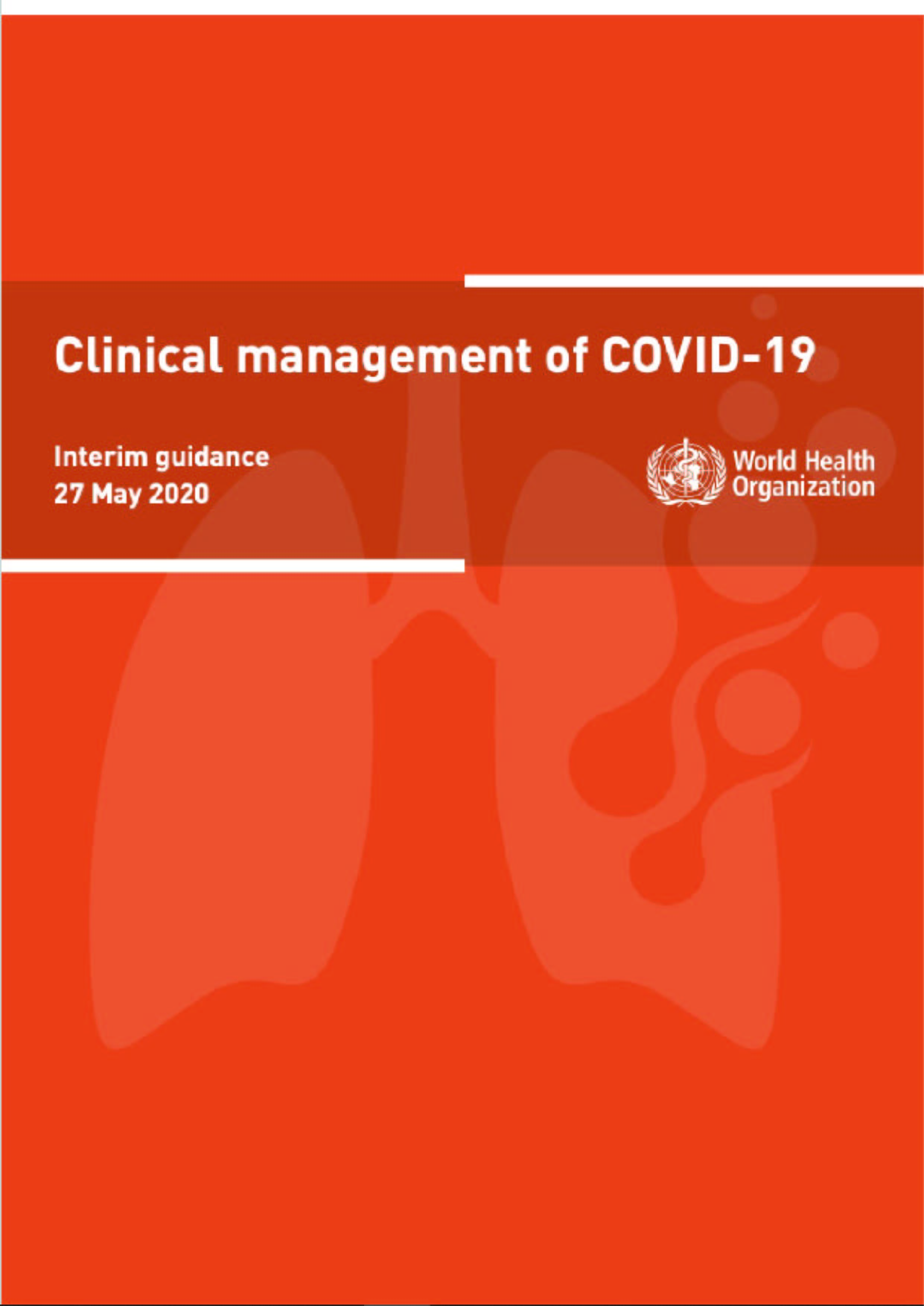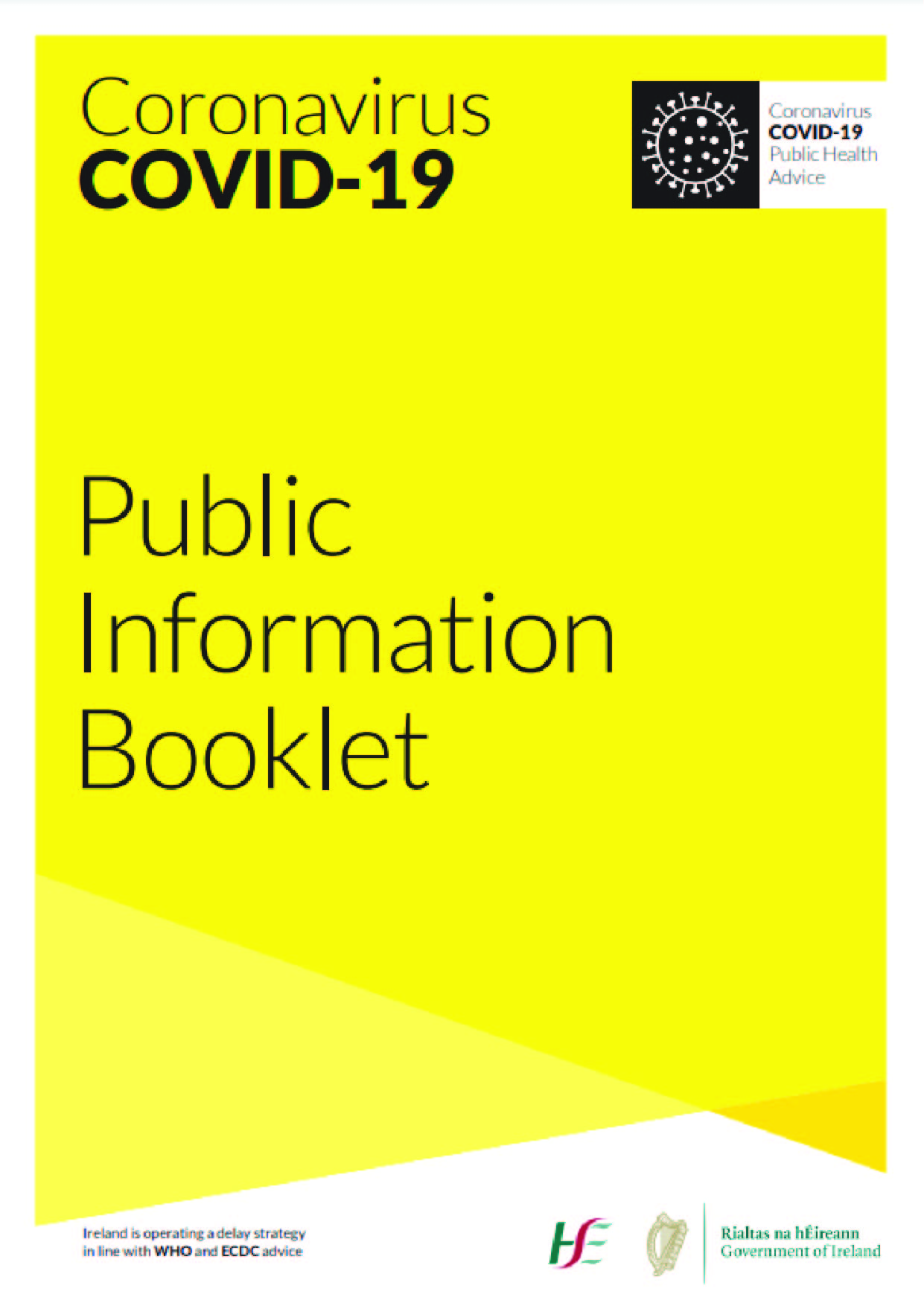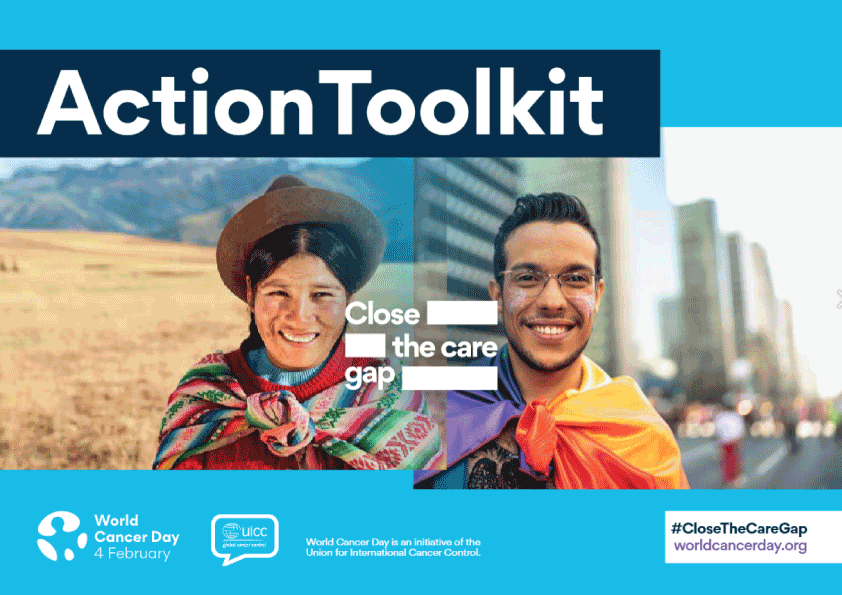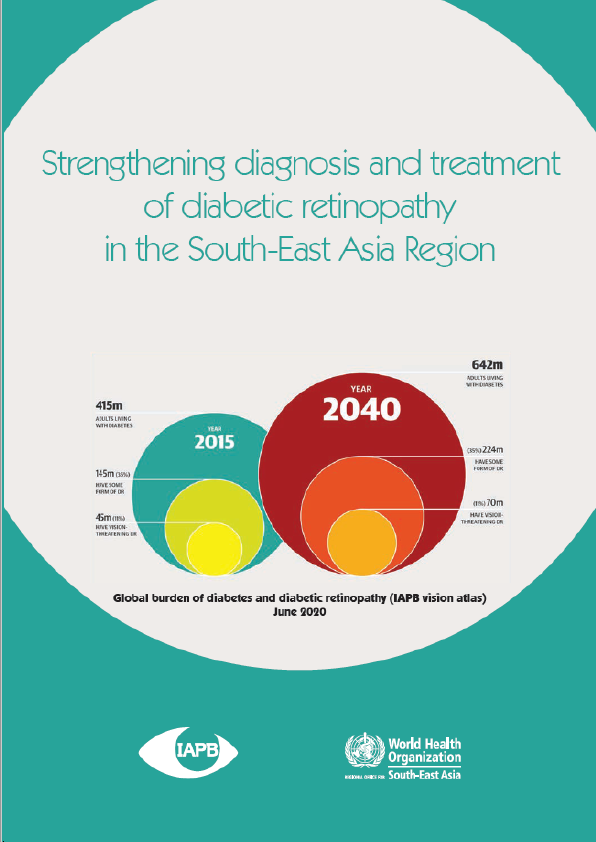Drug use or substance abuse as it is often called has become a serious problem in many Member States of the South-East Asia Region of the World Health Organization (WHO). A wide-variety of substances are being abused, some of which are licit and others illicit. Thus the importance of programmes for the prevention of drug use is rapidly increasing.
Drug-use-prevention programmes are generally designed for use in a particular setting, for example, at home, at school or within the community. Programmes are also designed for specific audiences, for example, the general population, high-risk groups or current users. However, programmes can be designed for more than one audience.
Schools are generally the most popular setting for drug-useprevention programmes, and are used both by governmental and non-governmental agencies. This may be for many reasons: ease of obtaining funding for school drug-use-prevention programmes, the captive audience, and the popular perception that drug prevention should start from schools, or the need to show that action is being taken to control a serious social problem.
There is a substantial amount of published research on schoolbased drug-use-prevention programmes from western countries. In these countries there is documented scientific evidence of the impact of intervention programmes. However, the effectiveness of such efforts in the South-East Asia Region, has hardly ever been documented or evaluated. There are very few studies that have reported sustainability of the process or the results of interventions. Nevertheless, there are successful programmes which could be implemented in this Region.
This document attempts to provide a simple, evidence-based guide for implementing drug-use-prevention interventions in schools. It is in two parts. The first deals with the current evidence related to various aspects of programme planning and implementation, the second part outlines how the best practices can be implemented in a school.
The information outlined in this document was collected from a review of published English language literature through the Medline database. Best practices guidelines published by national institutions involved in drug-use-prevention were also reviewed.
This guide can be used by programme planners, implementers and evaluators of drug-use-prevention programmes in schools. Those working outside the school system should also find it useful.
Which “drugs” are we talking about?
The words “drug use” in this document denotes the use of any substance which can harm an individual. These substances can be licit e.g. alcohol, tobacco, pharmaceuticals (amphetamine), volatile substances such as glue or petrol, or illicit e.g. cannabis, heroin and marijuana. A short introduction to these substances is given in the Annex, at the end of this document.
